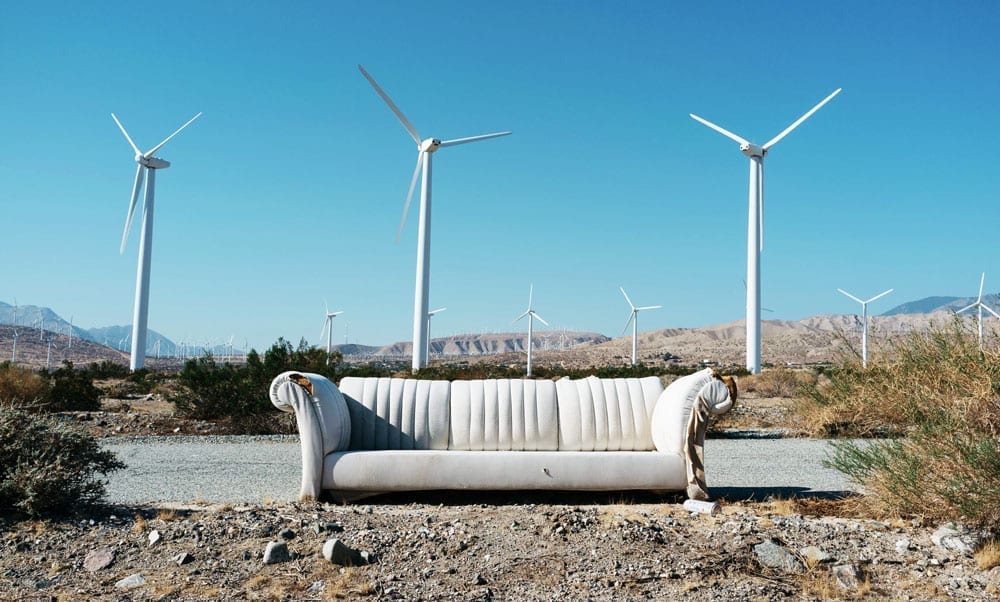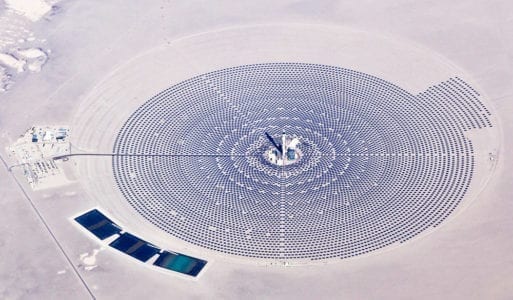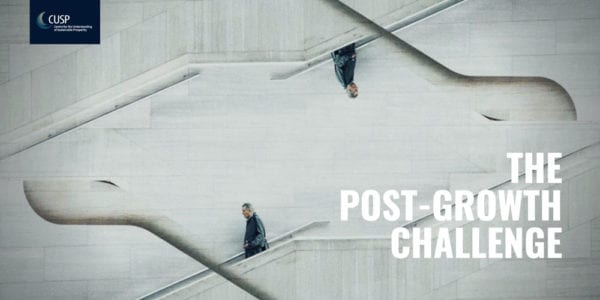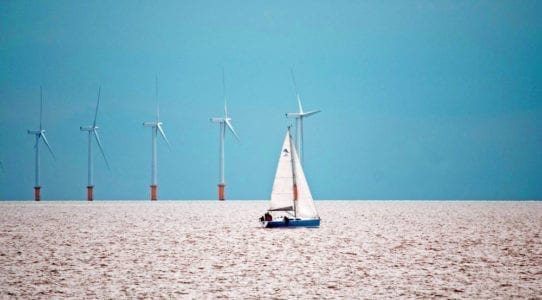Against all odds? — Modelling the low-carbon transition
Can renewable energy supply grow rapidly enough to both cover societies’ growing energy needs and displace fossil fuel use sufficiently to keep carbon emissions below some “safe” level? — the leading question of a recent CUSP paper in Ecological Economics. In this blog, Martin Sers is summarising the findings.

According to the May 2nd release by the Scripps Institution of Oceanography the monthly average CO2 concentrations have exceeded 410 ppm for the first time in the last 800,000 thousand years. Furthermore, the International Energy Agency (IEA) released a news brief on March 2nd of this year noting that carbon emissions have reached (globally) an all-time high due to an increase in global energy demand of 2.1% in 2017. While fossil fuel use increased to meet this growth in energy demand, the release states that it was renewables that grew the most.
We therefore are faced with a relatively simple dynamic problem. Clearly, aggregate anthropogenic emissions must level off to avoid transgressing some carbon budget so that there is a reasonable probability of avoiding 2 degree temperature increase. However, renewable energy is also growing to meet at least some of the energy demand. The question is, can renewable energy supply grow rapidly enough to both cover societies energy needs and displace fossil fuel use sufficiently to keep cumulative carbon emissions below some “safe” level?
In our recent paper, Peter Victor and I examine a scenario termed the energy-emissions trap and looked at what it takes to escape it. What is this trap? If the transition away from fossil fuels to renewables is insufficiently rapid then societies may find themselves in the situation where it is impossible to either avoid transgressing carbon budgets or facing energy shortages due to insufficient renewable capacity; hence the name trap. Escaping this trap is, however, trickier than it may seem.
Unlike fossil fuels such as oil or natural gas, renewable energy in the form of wind or solar energy is subject to intermittency problems; the wind does not always blow and the sun does not always shine. Dealing with intermittency potentially requires substantial modifications to energy grids in the form of battery storage or flexibility enhancements which have their own energetic problems. Furthermore, while a barrel of oil may be burned at some desired rate the energy derivable from a solar panel, despite relatively large upfront energetic costs, is only available over the life-cycle of the panel itself (A similar argument holds for wind turbines). Put simply, fossil fuels and renewables like wind and solar are very different beasts.
In our paper we work out some simple mathematics to represent these energy differences for fossil fuels and renewables using the concept of energy return on investment (EROI). The crux of the problem is that renewable EROIs may be both lower than fossil fuels and may potentially decline as a function of their penetration into the energy system. So, assuming we have some total carbon budget we wish to, as a society, avoid transgressing by phasing out fossil fuels, what does the transition look like?
To explore this we built the systems dynamics model EETRAP whose main purpose is to compute the proportion of economic activity that must be directed to the primary energy sector; we term this simply the energy investment rate. Initializing the model with approximately the global energy characteristics found in 2016 we simulate EETRAP forward in time as as the energy system is converted from fossil fuels to renewables. What we see is that even under optimistic EROI assumptions for renewables the fraction of economic activity dedicated just to the energy sector grows substantially. If the EROI of renewables is allowed to decrease with increased market penetration this fraction may become sufficiently large to slow economic growth or even reverse it. Escaping the energy-emissions trap even under relatively ideal conditions proves to be somewhat complicated, and under perhaps more plausible EROI assumptions the transition becomes enormously difficult.
The main message of the EETRAP model is simple; the transition to renewables is made complicated by their energetic characteristics while the presence of a steadily dwindling carbon budget makes the speed of the transition critical. A complicated transition under very strict constraints is the reality of the global economy moving forward. Economic growth, for so long propelled by fossil-fuel use, may no longer be the reality as we attempt to move, with some urgency, to a renewables based energy system.
LINK
- Sers, M and P Victor 2018. The Energy-Emissions Trap. In Ecological Economics, Vol 151: 10-21. (Should you have difficulties accessing the paper, please email us for a copy.)



